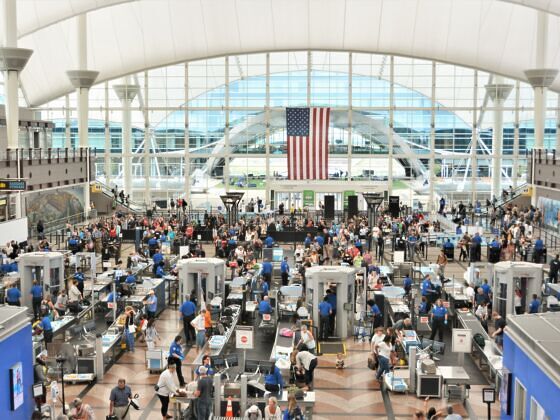Long lines at airport security checkpoints might soon be a thing of the past as the Transportation Security Administration (TSA) has announced that it will install facial recognition machines in more than 400 airports around the US.
At the time of writing, CAT-2 units (as the facial recognition machines are officially known) have only been deployed to 84 airports in the country, including at Denver International Airport (DEN), Spokane International Airport (GEG), Ted Stevens Anchorage International Airport (ANC), and Seattle-Tacoma International Airport (SEA) among dozens of others.
